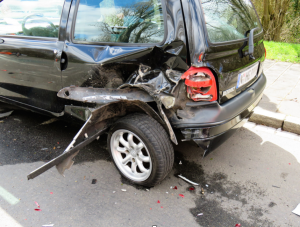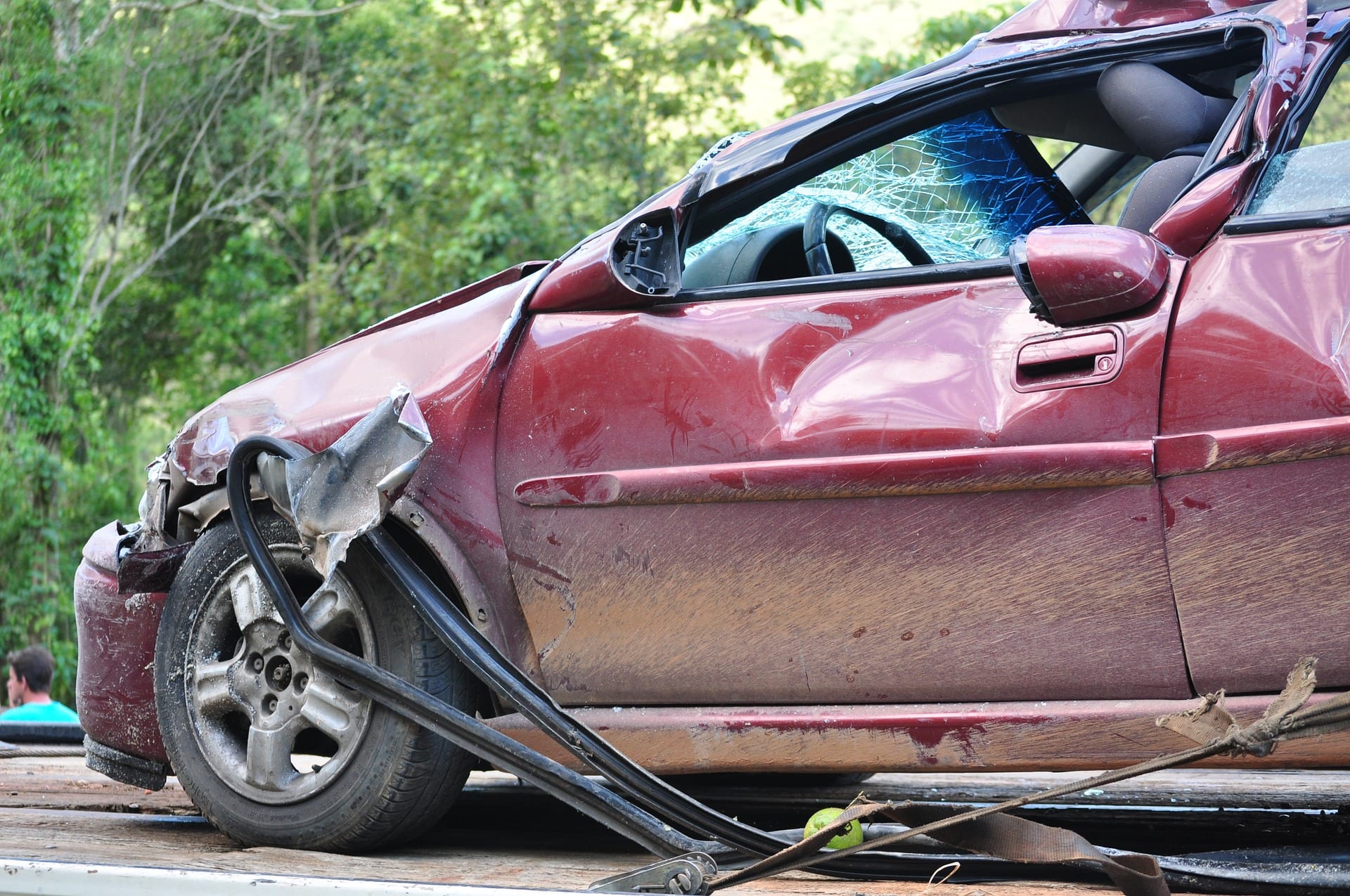You should engage a legal expert who can represent you in court and allow you time to recover.
Once an accident occurs, you should first think about passengers’ safety on board. If you get out of your car without injuries, check on the people in the other vehicle. If everyone is okay, the next step to take is to call the police. You do this to report the accident event and seek their help in determining who is at fault. You should also discuss the incident with the driver of the other vehicle to reach an agreement. A litigation attorney can be of help if you disagree.
Steps to take after you get into an accident:
1. File an Accident Report
An accident report helps identify which driver is at fault. The information captures every detail about the accident. The attorney uses the accident report to determine your chances of winning the case. Ensure that you file an NYPD accident report immediately after the accident if you are able to do so. This allows you to present the most current evidence of the accident. Doing this also enables you to provide any missing information that the police may have left out. Claiming for personal damages also requires you to have this report. The medical facilities also use this report in determining your case’s validity. Ensure that your accident report is precise with no typing errors. If you notice any errors, ensure that they get corrected before you proceed to court.
2. Contact an Injury Attorney
Seeking help from a personal injury attorney is crucial. The attorney will pursue your case at no cost. The law court expert will also tell you whether you can win the lawsuit or not once they do an investigation. Your injury lawyer also takes up the complex legal processes on your behalf. So, you get enough time to recover from the physical and mental stress of the accident. Hiring an injury attorney also brings your insurance company on board. The attorney reports to the insurance company seeking your reimbursement. Ensure that you track your health condition for any unusual feeling or pain. Note that you can develop health issues a few days after the accident happens.
3. Exchange Information with the Other Driver
Ensure that you record the information of the driver. You should collect their contact numbers and their full names. It is also crucial that you register the vehicle’s model, make, and year of manufacture. Record the license number of the driver and that of the number plate too. Taking the driver’s insurance details can also help make follow-ups in the future. Also, collect contacts and names of passengers who are willing to witness. Mark the area where the accident occurred for future reference. The assigned police officer must also provide their badge numbers and their names.
4. Taking Photos and Filing a Damages Claim

Photos are the best source of evidence for your accident lawsuit. They give an original version of the event. You can consider taking the photos from different angles of the scene. Note that you can forget the accident scene over time. However, having the photos assures you have original evidence all the time. You can take photos of injuries caused to you, medical documents, and damage records.
Calling your insurance company to inform them of your accident is vital. Doing this alerts them that you need help to fix your damaged car. The insurance firm can also pay your hospital bills and pay for lost income. An insurance representative will access your vehicle to determine the cost of repair. Also, the expert can request the accident report be collected. The information helps the lawyer to process your claim. If you are the driver at fault, your insurance rate will be higher when renewing your policy.
5. Keep a Diary for the Day
You must record how the events occur after you have an accident. A diary can help you keep information about how you feel after the accident. You can also record your treatment, healing progress, extra expenses, and losses incurred. Identifying wages lost also helps when claiming damages from the at-fault driver.
You need to do a few things after your accident as this helps you ensure you are safe. You also get reimbursement for expenses and losses you incur through the accident. An accident report provides all the relevant information to file a lawsuit. Also, you should engage a legal expert who can represent you in court and allow you time to recover. Taking photos and keeping a diary is also necessary. Note that photos give unaltered evidence for your case. Ensuring that you have details of the involved parties also makes it easy to communicate.


Join the conversation!